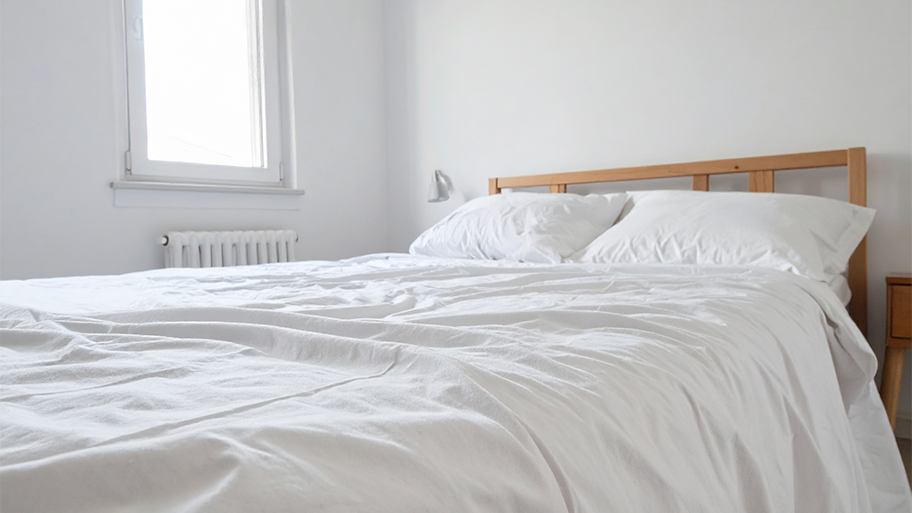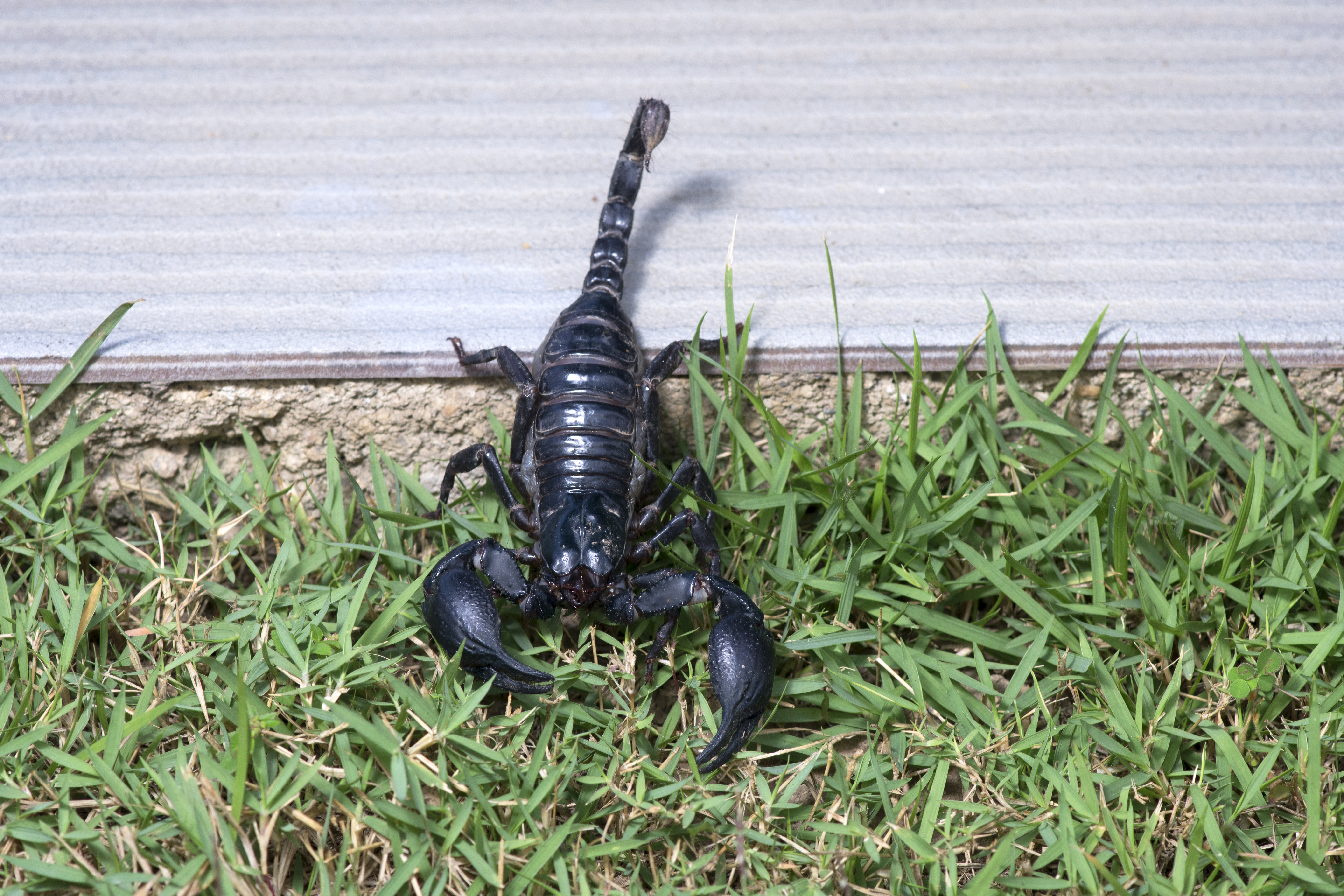
Keep your home free of termites and the damage they do. Learn more about inspections, infestations, and the average cost of termite treatments.
There are distinct differences, but you probably won’t notice until they’re in your home


A spiderweb refers to an active web used to catch prey or protect eggs
A cobweb is an abandoned spiderweb
Spiderwebs have intricate shapes, while cobwebs are irregular
Whether you come from a profound fear of spiders or a sincere fascination with arachnids, you might not realize there is a difference between a cobweb and a spiderweb. Discovering the differences between the two offers a greater glimpse into the fascinating and mysterious world of these eight-legged creatures. It can also make you realize you may need
You’ve likely referred to both a cobweb and spiderweb as the same, but there are a few subtle differences between them:
| Type of Difference | Spiderweb | Cobweb |
|---|---|---|
| Size | Varies | Varies |
| Location | Typically outside | Generally inside |
| Active | Yes | Abandoned spiderweb |
| Purpose | Trap prey, keep eggs | Collecting dust |
| Design | Radial silk structures | Irregular shape |

You might hear or use cobweb and spiderweb interchangeably, but technically speaking, the two aren’t the same. You might even find the number of ways they’re different surprising.
Spiders create both spiderwebs and cobwebs. However, the main difference is a spiderweb is a place where a spider is currently active. There are several types of spiderwebs, and a cobweb is one of the types of spiderwebs. The orb-weaver family of spiders creates the net-like structures we commonly associate with spiderwebs, and there are numerous spider species within the orb-weaver family.
A cobweb has a little more of a storied history behind it. In today’s vocabulary, a cobweb means the spider has abandoned the web, moved on to another location, and left behind the silky strands. Because the web is now abandoned, it has no purpose other than collecting dust.
While most of us refer to cobwebs in a general sense, the term cobweb technically refers to a type of spiderweb. Specifically, it’s a web spun by the comb-footed spider, creating a three-dimensional cobweb-like structure called a tangled web. The Theridiidae family of spiders, which includes over 200 of the House Spider species (including the Black Widow), spin the cobwebs and create these intricate, unorganized webs.
Spiders build spiderwebs for two primary purposes: they’re either trying to trap prey or protect their eggs. These silk structures provide a complex, sticky network of fibers that lend itself to trapping a wide variety of insects. Flies, moths, and mosquitos are a few examples of what you might be trapped within a spiderweb. The same is true for protecting their eggs. The silk fibers produced by spiders are so strong they measure stronger than steel, making them ideal for trapping prey and protecting eggs from other predators.
Because cobwebs are an abandoned structure, their purpose isn’t quite as meaningful. Once a spider leaves its web, the cobweb is not good for anything other than collecting dust and causing an eyesore in your home. This is why vacuuming or dusting them away is the best approach because there’s no reason to keep something around that only attracts dirt.
However, actual cobwebs (the ones created by comb-footed spiders) were created by house spiders solely for trapping insects. If you look closely at a cobweb, you’ll notice no entry or exit pattern like other spiderwebs because the point is to trap an insect and never let it leave.
Another big difference between a cobweb and a spiderweb is the location. Active spiderwebs are most often found outside, within the trees and bushes. What’s even more impressive is how spiders usually tear down their webs every day and rebuild them at night, so that’s why it may seem like you accidentally walk through a spiderweb first thing in the morning that you know wasn’t there the night before.
Cobwebs created by house spiders or abandoned webs are more likely found inside, especially in dark, undisturbed areas. You often find them in window sills, corners, and even bathrooms. While spiders typically like a dry area, you also find cobwebs in places of high humidity, such as a shower or clothesline. Because cobwebs collect so much dust and dirt, they continue growing even after the spider leaves it, thanks to the accumulation of particles.

Another more pronounced difference between a cobweb versus a spiderweb is its appearance. These are the more obvious clues and how you can tell them apart.
A spiderweb is a complex net-like structure. Unlike cobwebs, which are three-dimensional, these structures are two-dimensional (flat). The spiderweb structure is no accident, though–it’s a carefully crafted design with a circular middle part. From the center, the strands create a radial, spiral pattern, the shape we primarily associate spiderwebs with.
Not only are cobwebs three-dimensional, they’re tangled and jumbled with no distinct pattern like a spiderweb. Again, because the main goal is trapping insects, the odd, bulky, irregular shape is better suited for trapping as many insects as possible.
The strands of spiderwebs are thin, strong, and very sticky. The silk strands have a special glue and proteins, creating incredible strength. The strands of cobwebs are much more flimsy, and while they’re made of silk, they don’t have the same protein structure as a spiderweb, and it’s technically a different type of silk.
Spiderweb strands are typically a blueish or white color but can look different based on the moonlight or sunlight. Upon closer inspection (if you want to get that close), you’ll notice cobweb strands come in a bigger variety of colors, including white, brown, gray, or black.
From average costs to expert advice, get all the answers you need to get your job done.

Keep your home free of termites and the damage they do. Learn more about inspections, infestations, and the average cost of termite treatments.

It’s important to know bed bug treatment costs if you have an infestation. Our guide covers different treatment methods and cost factors to eliminate these pests.

How much does a gnat exterminator cost? The answer depends on the method of treatment and the level of infestation. Find out what plays into your budget.

While there are thousands of species of roaches in the world, these are the 10 common types to watch out for. Defend your home with knowledge and practical tips.

Wasps are a pain to share space with, but you have options for removal. While it’s best to call a pro, here’s how to get rid of wasp nests the DIY way.

Scorpions are creepy pests that you definitely don’t want near your living space. Find out how to keep scorpions away from your house.